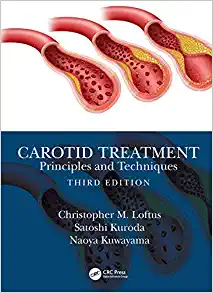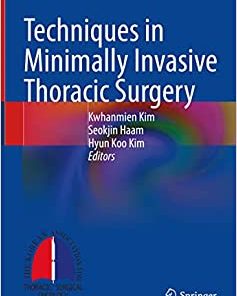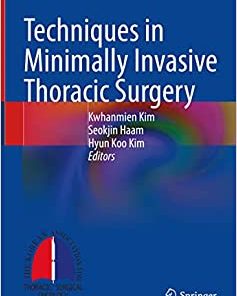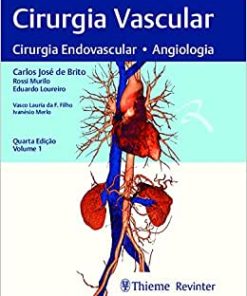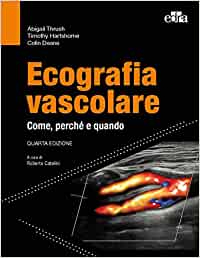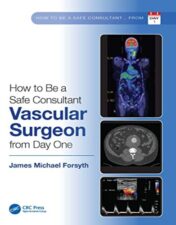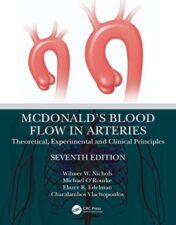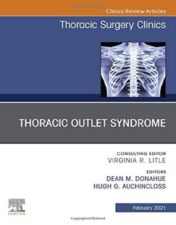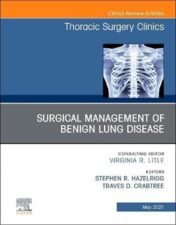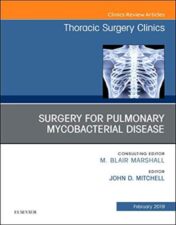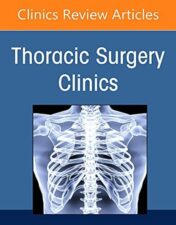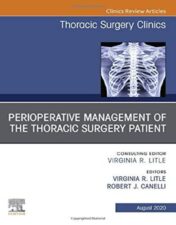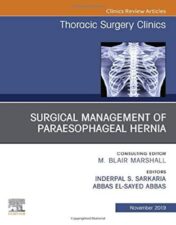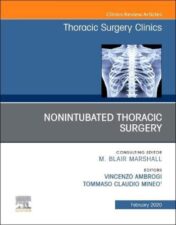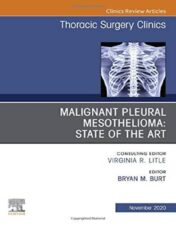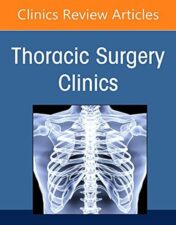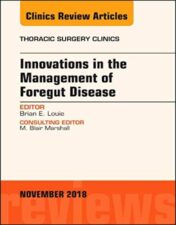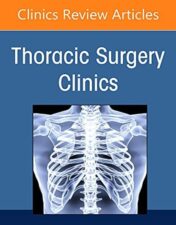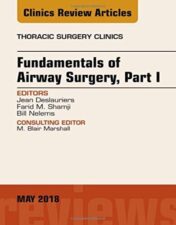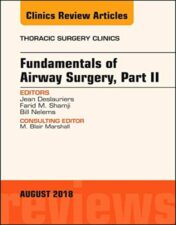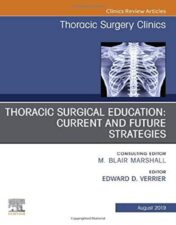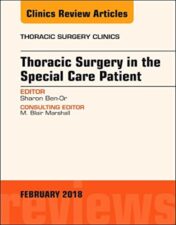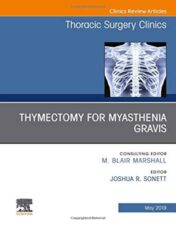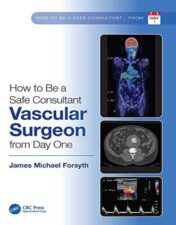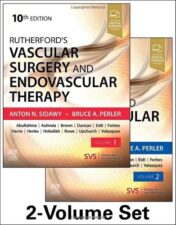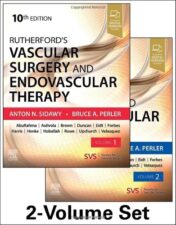Understanding Vascular Surgery: Procedures, Benefits, and Risks
Vascular surgery is a specialized area of surgery that focuses on treating conditions and disorders of the blood vessels. This type of surgery can involve a variety of procedures, such as repairing aneurysms, treating peripheral artery disease (PAD), and performing bypass surgeries.
VASCULAR SURGERY
VASCULAR SURGERY
One of the most common types of vascular surgery is endovascular surgery, which is used to treat conditions such as aneurysms, blood clots, and PAD. During this procedure, a surgeon inserts a catheter into the affected blood vessel and uses imaging technology to guide the catheter to the affected area. The surgeon then performs the necessary repairs or procedures, such as inserting stents to open up the blood vessel.
Another type of vascular surgery is bypass surgery, which is used to treat conditions such as blocked arteries. During this procedure, a surgeon creates a new route for blood to flow around the blocked area, using either a blood vessel from another part of the body or a synthetic tube.
While vascular surgery can be an effective treatment option for many conditions, it does come with some risks. Patients undergoing vascular surgery may experience complications such as bleeding, infection, and damage to surrounding tissues. It is important for patients to discuss the benefits and risks of vascular surgery with their healthcare provider to determine whether it is the right treatment option for their individual needs.
In conclusion, vascular surgery is a specialized type of surgery that is used to treat conditions and disorders of the blood vessels. While it can be an effective treatment option for many patients, it does come with some risks. If you are considering vascular surgery, be sure to discuss the benefits and risks with your healthcare provider to determine whether it is the right treatment option for you.
Top 10 Best Books VASCULAR SURGERY
- Rutherford's Vascular Surgery and Endovascular Therapy” by Anton N Sidawy and Bruce A Perler
- “Practical Vascular Ultrasound: An Illustrated Guide” by Kenneth Myers
- “Vascular and Endovascular Surgery: A Comprehensive Review” by Wesley S. Moore, Frank J. Veith, and Kenneth Ouriel
- “Clinical Scenarios in Vascular Surgery” by Marc A. Passman, Gilbert R. Upchurch Jr., and Thomas S. Huber
- “Vascular Surgery: Principles and Practice” by Frank J. Veith, Kenneth L. Kester, and William P. Shutze
- “Manual of Vascular Diseases” by Sanjay Rajagopalan
- “Endovascular Skills: Guidewire and Catheter Skills for Endovascular Surgery” by Peter Schneider
- “Vascular Access for Hemodialysis” by Lakhmir S. Chawla and Jeffrey S. Berns
- “Vascular Medicine: A Companion to Braunwald's Heart Disease” by Mark A. Creager, Joshua A. Beckman, and Joseph Loscalzo
- “Current Therapy in Vascular and Endovascular Surgery” by James C. Stanley, Frank Veith, and Thomas W Wakefield

